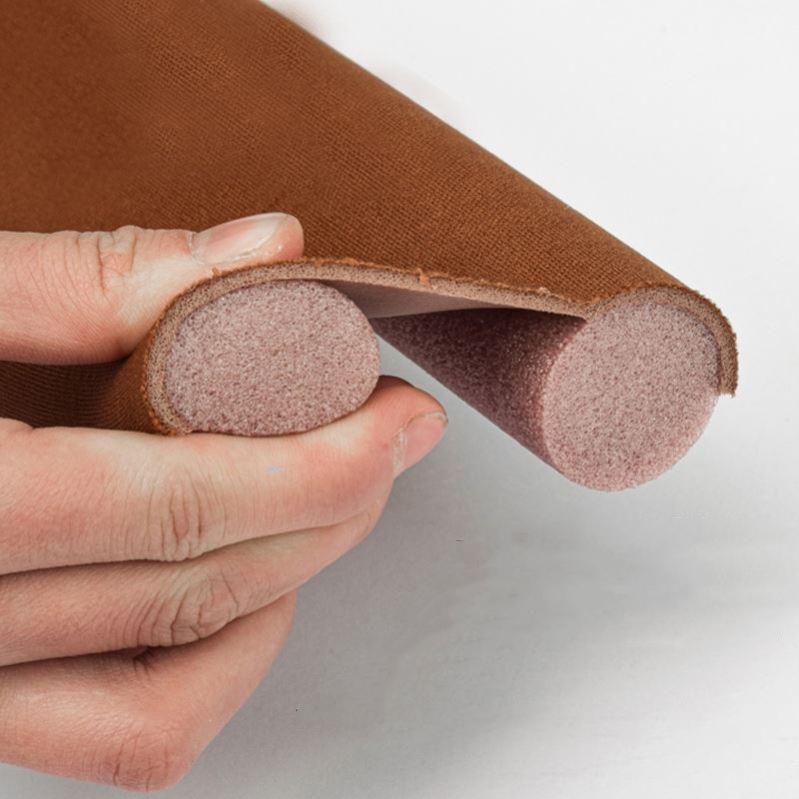Preventing Seal Cracks Under Doors for Better Energy Efficiency and Comfort
Understanding and Addressing Seal Cracks Under Doors
In homes and offices alike, maintaining a comfortable and energy-efficient environment is a priority for many. One of the most common culprits of drafts and energy loss is often overlooked the cracks or gaps under doors. These seal cracks under doors can allow air leaks, which not only make indoor spaces uncomfortable but also lead to increased energy bills. Understanding the implications of these cracks, ways to identify them, and potential solutions can help homeowners and businesses alike maintain a better-controlled environment.
The Importance of Door Seals
Door seals serve a vital role in regulating the indoor environment. They help to keep conditioned air inside and prevent outside air from infiltrating the space. When these seals are compromised—particularly at the bottom of doors—issues can arise. Drafts can lead to an uncomfortable temperature inside, forcing heating and cooling systems to work overtime, which ultimately increases energy consumption and costs.
Moreover, seal cracks can also allow dust, pollen, and even pests to enter a home or office, exacerbating allergies and creating a less hospitable environment. Therefore, ensuring that door seals are intact and functioning effectively is an essential part of maintaining a healthy and energy-efficient space.
Identifying Seal Cracks
Detecting seal cracks under doors might seem straightforward, but it can sometimes be more subtle than one might think. The most obvious sign is a noticeable draft. If you feel cold air streaming in during winter or warm air escaping during summer, it’s a clear indicator that your door seals may need attention.
Another method to identify leaks is the candle test. Light a candle and move it around the edges of the door. If the flame flickers or blows out, it indicates air movement, suggesting a crack or gap. Alternatively, on a breezy day, you can use a piece of paper. Place it under the closed door; if it slides out easily, there’s likely a gap.
seal crack under door

Solutions for Seal Cracks
Once you’ve identified that there are seal cracks under your doors, there are several solutions readily available
1. Weatherstripping This is one of the most common and effective methods to seal gaps under doors. Weatherstripping tape or strips can be easily applied to the bottom of the door. They come in various materials, including foam, rubber, or vinyl, providing an effective barrier against drafts.
2. Door Sweeps A door sweep attaches directly to the bottom of your door and provides a solid seal against the floor. This option may require a bit of installation, but it is highly effective for larger gaps and offers long-term sealing.
3. Thresholds Installing or adjusting a threshold (the strip at the bottom of the door frame) can also greatly impact energy efficiency. High-quality thresholds can bridge larger gaps and provide an additional layer of insulation.
4. Adjusting the Door Sometimes the door itself may be misaligned or sagging. Checking the hinges and making adjustments may resolve the gap issue without additional materials. Tightening screws or replacing hinges can ensure a snug fit.
Conclusion
Seal cracks under doors are often minor issues that can lead to significant problems if left unaddressed. Not only do they affect comfort, but they can also lead to unnecessary energy consumption and costs. By being proactive in identifying and rectifying these cracks, homeowners and businesses can create a more pleasant environment and save money over time. Whether through weatherstripping, door sweeps, thresholds, or simple adjustments, addressing seal cracks is a vital step in home maintenance. Regular checks, especially when the seasons change, can keep your space comfortable, while also promoting energy efficiency. So, take the time to inspect your doors—you might be surprised at the difference it can make!
-
Under Door Draught Stopper: Essential ProtectionNewsJul.31,2025
-
Garage Door Seal and Weatherstrips for ProtectionNewsJul.31,2025
-
Edge Banding Tape for Perfect EdgesNewsJul.31,2025
-
Table Corner Guards and Wall Corner ProtectorsNewsJul.31,2025
-
Stair Nose Edging Trim and Tile Stair SolutionsNewsJul.31,2025
-
Truck Bed Rubber Mats for Pickup BedsNewsJul.31,2025
-
Window Weather Stripping for Noise ReductionNewsJul.29,2025